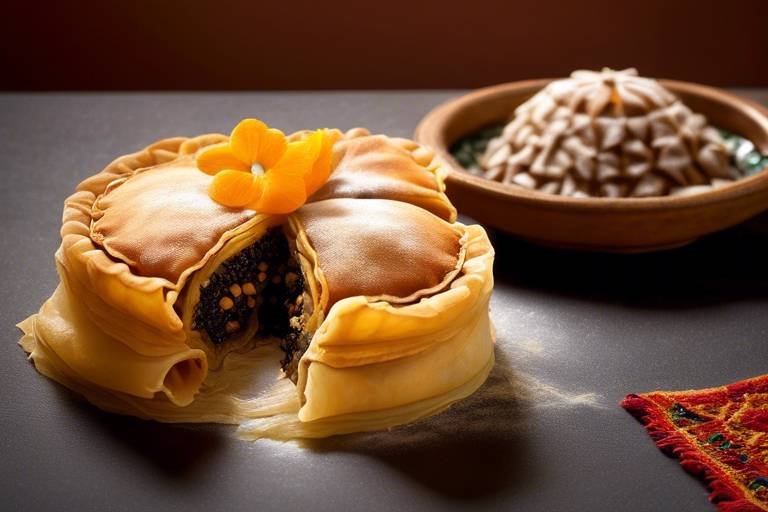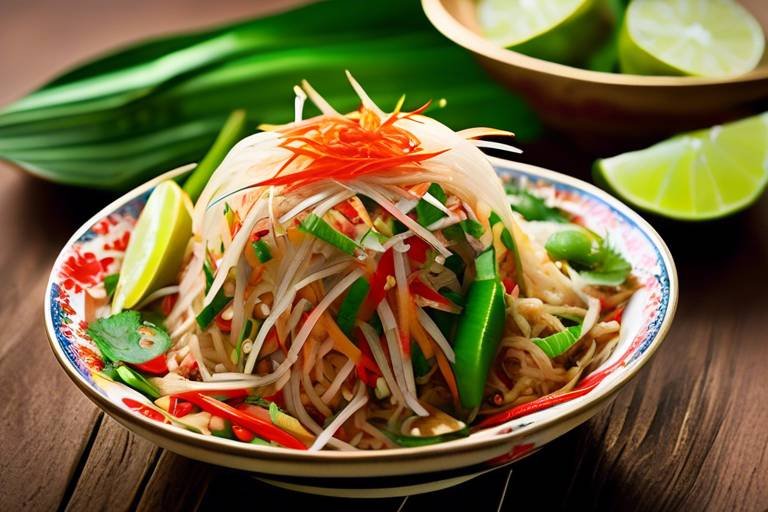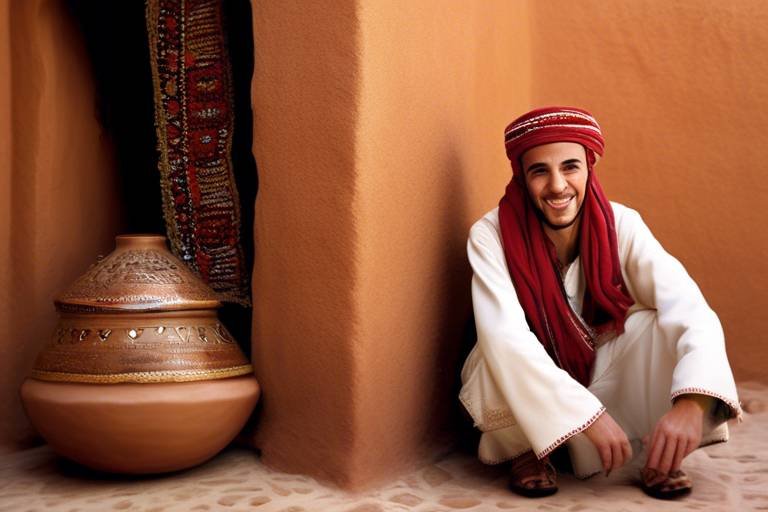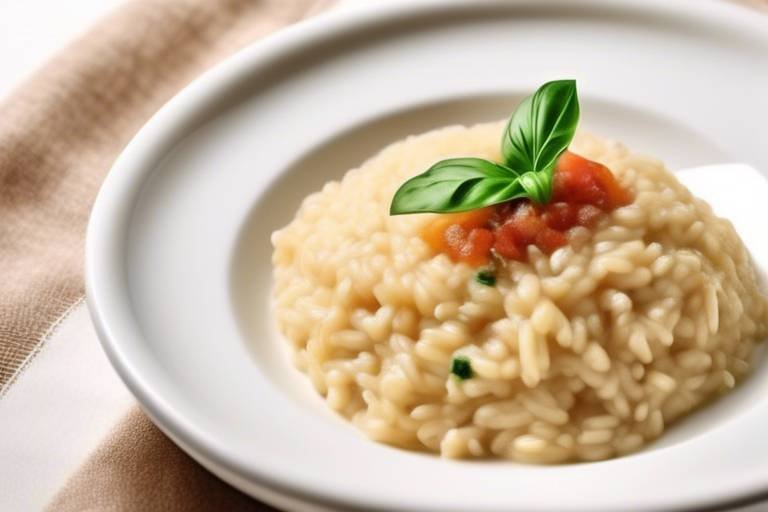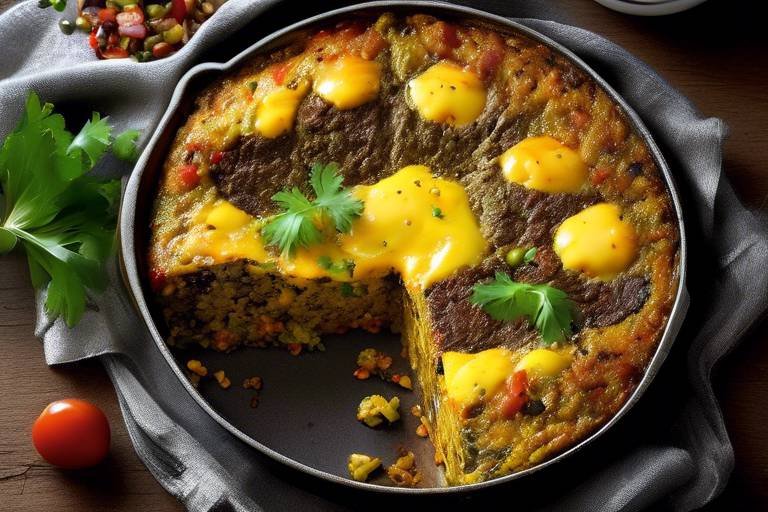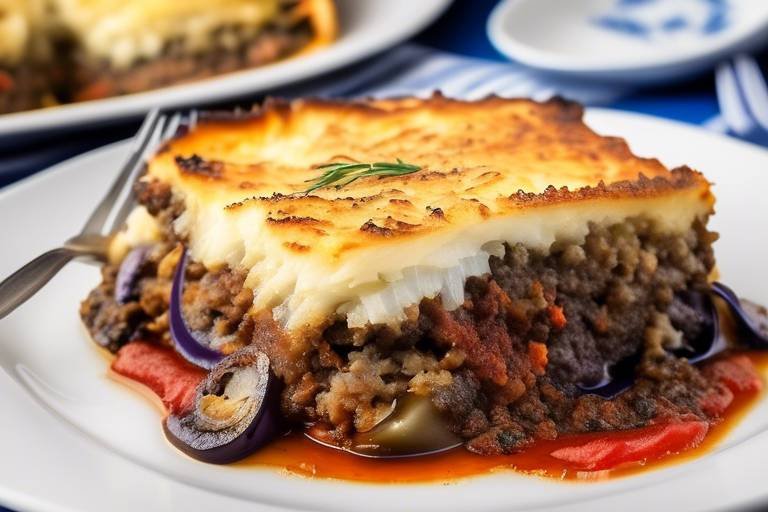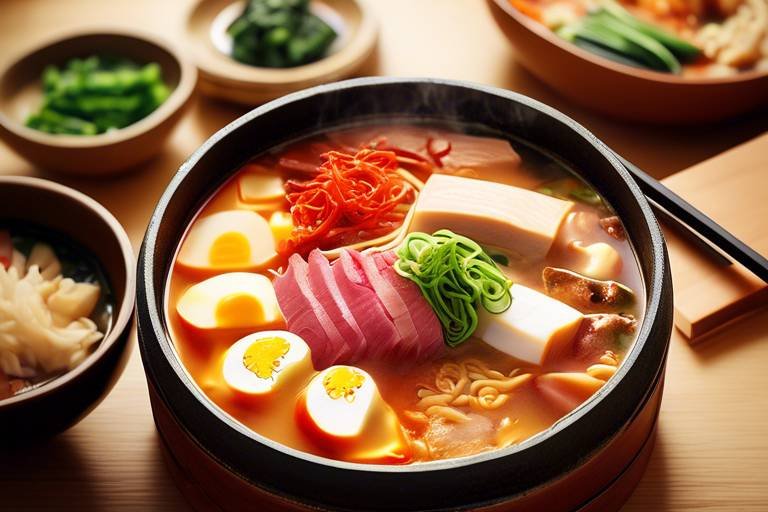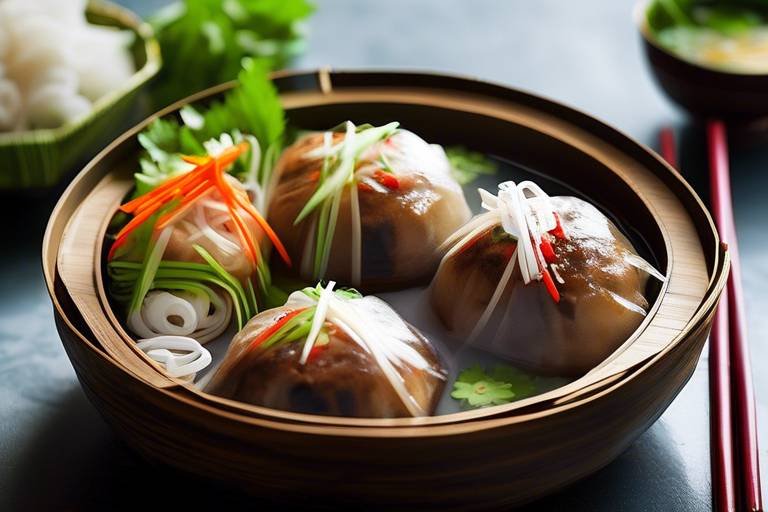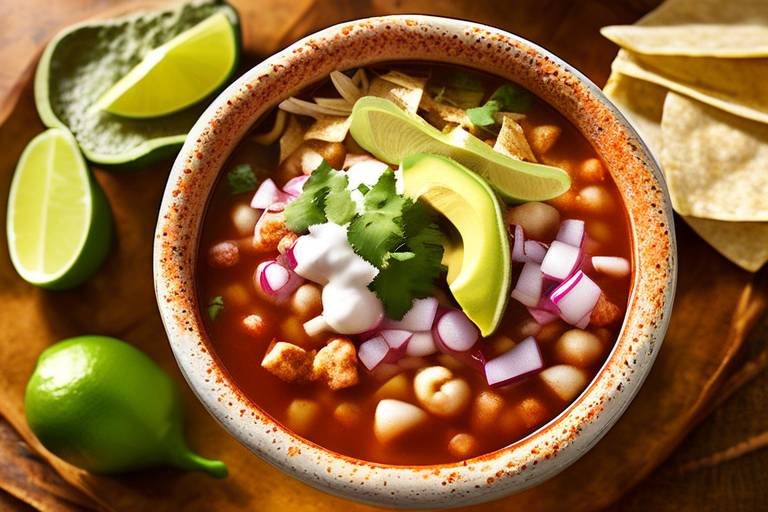Discovering the Flavors of Moroccan Pastilla
Are you ready to embark on a culinary journey to uncover the delightful flavors of Moroccan Pastilla? This traditional dish, often referred to as a savory pie, is a true masterpiece of Moroccan cuisine, boasting a harmonious blend of sweet and savory tastes that will tantalize your taste buds.
Imagine layers of spiced meat, tender almonds, and fragrant spices like cinnamon and saffron, all encased in delicate phyllo pastry. Each bite is a symphony of flavors, a celebration of the rich culinary heritage that defines Moroccan gastronomy.
As you delve into the history of Pastilla, you'll discover its origins dating back to the Andalusian era in Morocco. Over the centuries, this dish has evolved to become a beloved staple in Moroccan culture, cherished for its intricate preparation and exquisite taste.
When it comes to the ingredients used in Pastilla, the star of the show is the flavorful pigeon or chicken meat, complemented by the crunch of almonds, the richness of eggs, and a medley of aromatic spices. The art lies in the careful layering of these elements to create a dish that is both visually stunning and incredibly delicious.
Preparing the meat filling for Pastilla is a labor of love, combining tender meat with a blend of spices that elevate the flavors to new heights. Each step is crucial in achieving the perfect balance of sweet and savory notes that define this iconic dish.
Layering the phyllo pastry requires precision and skill, as thin sheets are delicately brushed with butter to create a crispy, golden crust that encases the luscious filling. The contrast in textures adds an element of surprise with every bite, making each mouthful a delightful experience.
When it comes to serving and presentation, Pastilla shines in its traditional Moroccan style. Garnished with a dusting of powdered sugar and cinnamon, the dish is not only a feast for the palate but also a visual masterpiece, showcasing the intricate design of the pastry layers.
Exploring the various regional variations and modern interpretations of Pastilla opens up a world of culinary creativity. From vegetarian options to seafood twists, there are endless possibilities to reinvent this classic dish and cater to diverse tastes and preferences.
The significance of Pastilla in Moroccan cuisine goes beyond its delightful flavors. It is a symbol of hospitality, generosity, and culinary artistry, often served during special occasions and celebrations to honor guests and showcase the host's culinary prowess.
Pairing Pastilla with Moroccan mint tea is a match made in culinary heaven. The refreshing properties of the tea cleanse the palate between bites, enhancing the complex flavors of the dish and elevating the dining experience to a whole new level.
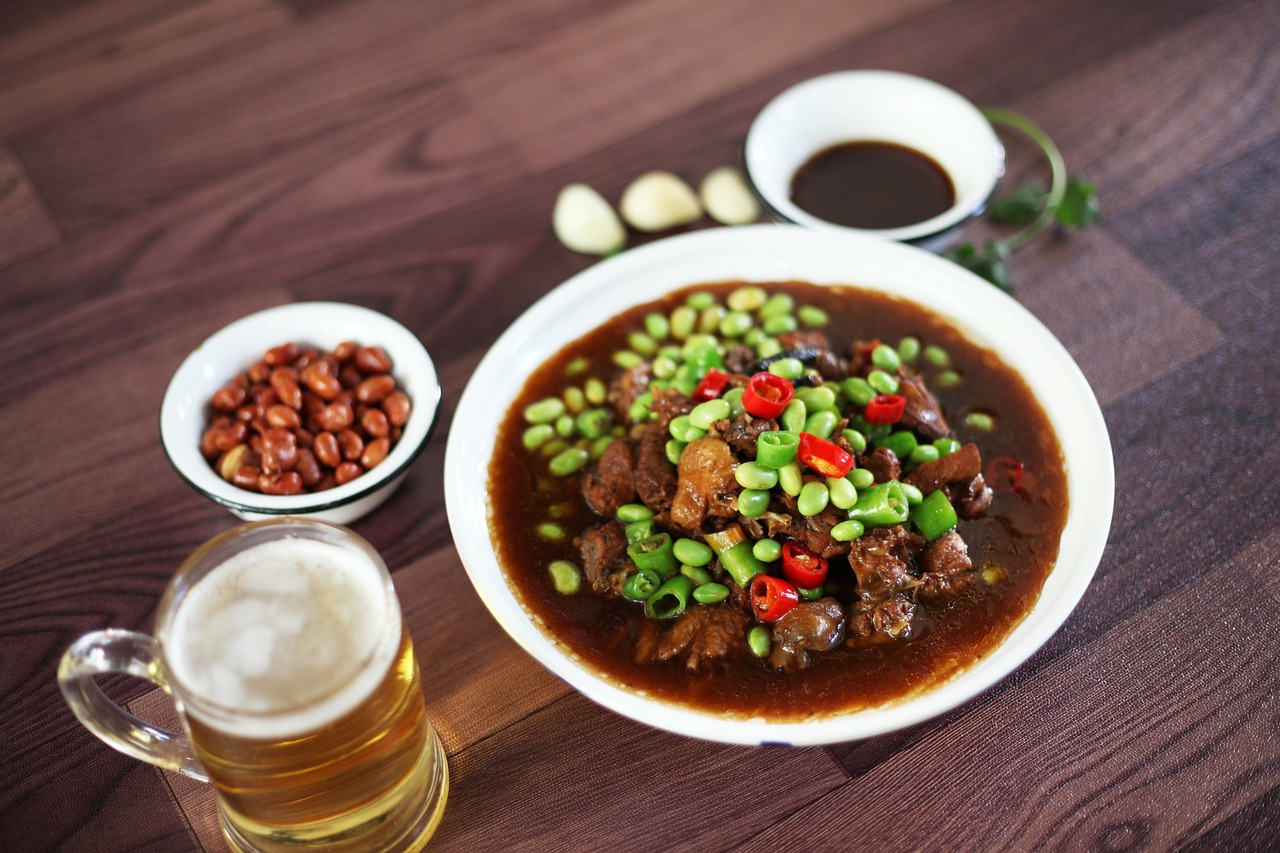
History of Pastilla
The traces back to the Andalusian era in Morocco, where it was initially influenced by Spanish culinary traditions. This savory pie has evolved over centuries, blending various cultural influences to become a quintessential dish in Moroccan cuisine. The name "Pastilla" is believed to have originated from the Spanish word "pastel," meaning pie or pastry, reflecting its pastry-encased nature.
Originally, Pastilla was a dish reserved for royalty and special occasions due to its intricate preparation and rich flavors. It symbolized wealth and hospitality, showcasing the culinary prowess of Moroccan chefs. Over time, Pastilla became more accessible to the general population, adapting to different regional preferences and ingredient availability.
The traditional preparation of Pastilla reflects a harmonious fusion of sweet and savory elements, symbolizing the diverse cultural influences that have shaped Moroccan gastronomy. Each bite of Pastilla tells a story of Morocco's vibrant history, blending flavors from Arab, Berber, and Andalusian traditions into a single, delectable dish.
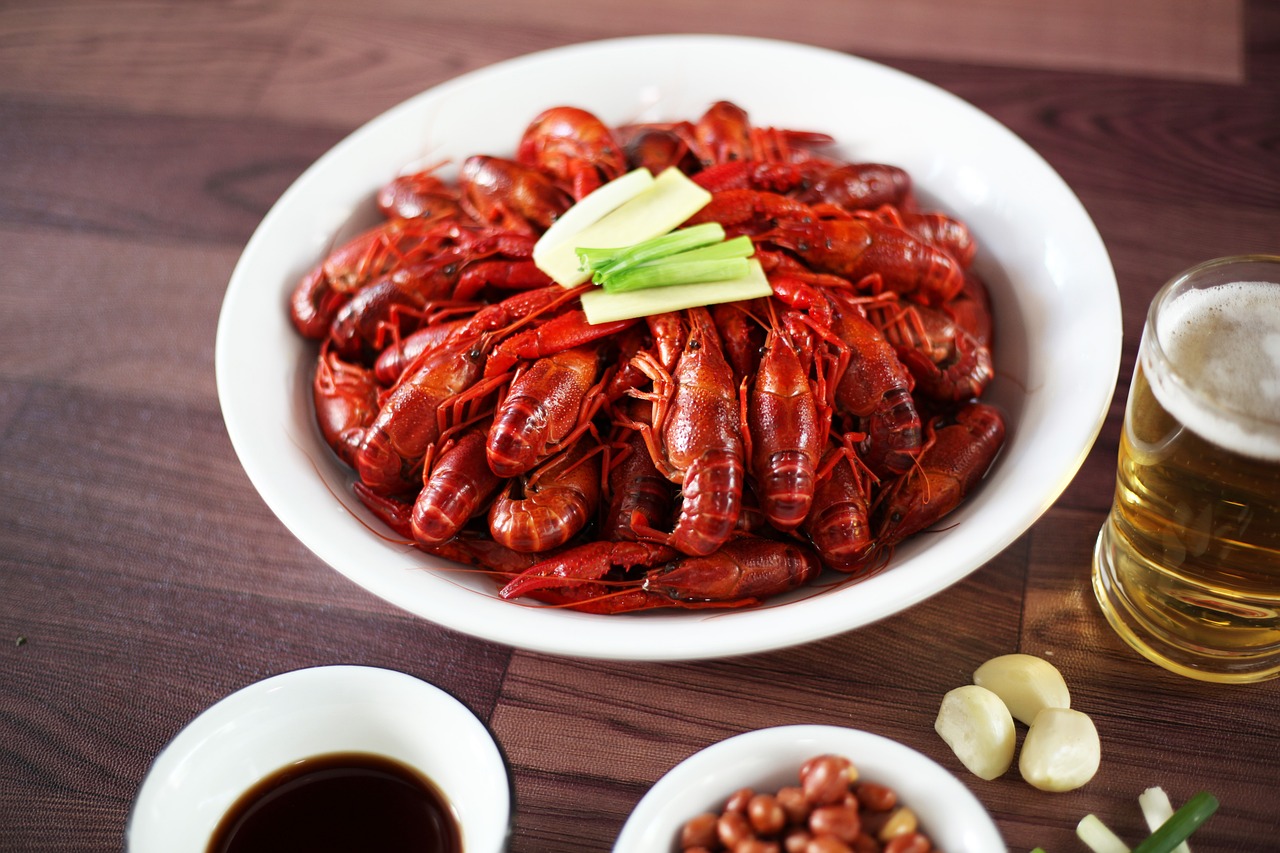
Ingredients Used in Pastilla
When it comes to creating the delectable Moroccan Pastilla, a harmonious blend of flavors is key to its irresistible taste. This traditional dish is a true reflection of the rich culinary heritage of Morocco, incorporating a variety of ingredients that come together to create a symphony of sweet and savory notes.
At the heart of Pastilla lies the choice of meat, typically pigeon or chicken, cooked to tender perfection and infused with a medley of spices that include cinnamon, saffron, and other aromatic seasonings. This flavorful meat filling forms the core of the dish, providing a robust and aromatic base for the layers of pastry that envelop it.
Accompanying the meat are almonds, adding a delightful crunch and nutty undertones to each bite. The almonds not only contribute to the texture of Pastilla but also enhance its overall taste profile, creating a satisfying contrast to the savory elements of the dish.
Furthermore, eggs play a crucial role in binding the ingredients together, ensuring a cohesive and luscious filling that holds its shape within the delicate layers of phyllo pastry. The phyllo pastry itself is meticulously layered with butter, creating a crispy and golden crust that encases the flavorful filling, adding a textural dimension to the dish.
Each ingredient in Pastilla plays a vital role in contributing to the complexity of flavors and textures that define this iconic Moroccan dish. From the aromatic spices to the tender meat, almonds, eggs, and buttery pastry, every component is carefully selected to create a culinary masterpiece that delights the senses and captivates the palate.
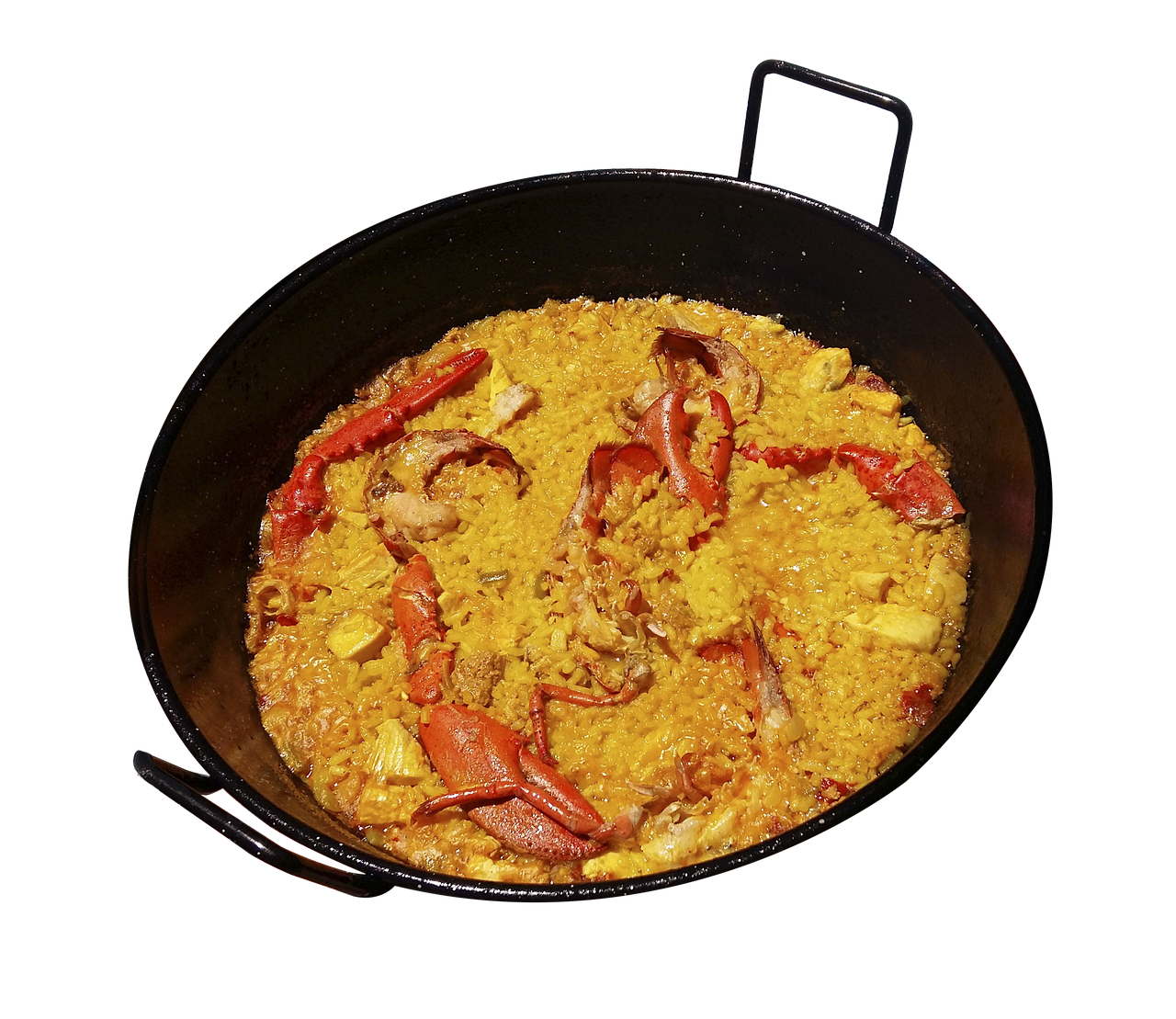
Preparation of Meat Filling
When it comes to preparing the delectable Moroccan Pastilla, the key step lies in creating the flavorful meat filling that forms the heart of this savory pie. The process begins with selecting high-quality pigeon or chicken meat, known for their tender texture and rich taste. The meat is then seasoned with a blend of aromatic spices, including cinnamon, saffron, and a hint of ginger, to infuse it with a fragrant and complex flavor profile.
Additionally, the meat filling often incorporates a mix of finely chopped almonds, adding a subtle crunch and nuttiness to each bite. The almonds not only enhance the texture of the filling but also contribute to the overall richness of the dish. To achieve the perfect balance of sweet and savory notes, a touch of honey or sugar may be added to the mixture, elevating the taste profile of the Pastilla.
As the meat simmers gently on the stove, the flavors meld together, creating a luscious and aromatic filling that embodies the essence of Moroccan cuisine. The slow cooking process allows the spices to permeate the meat, resulting in a harmonious blend of savory spices and tender meat that will tantalize the taste buds with every bite.
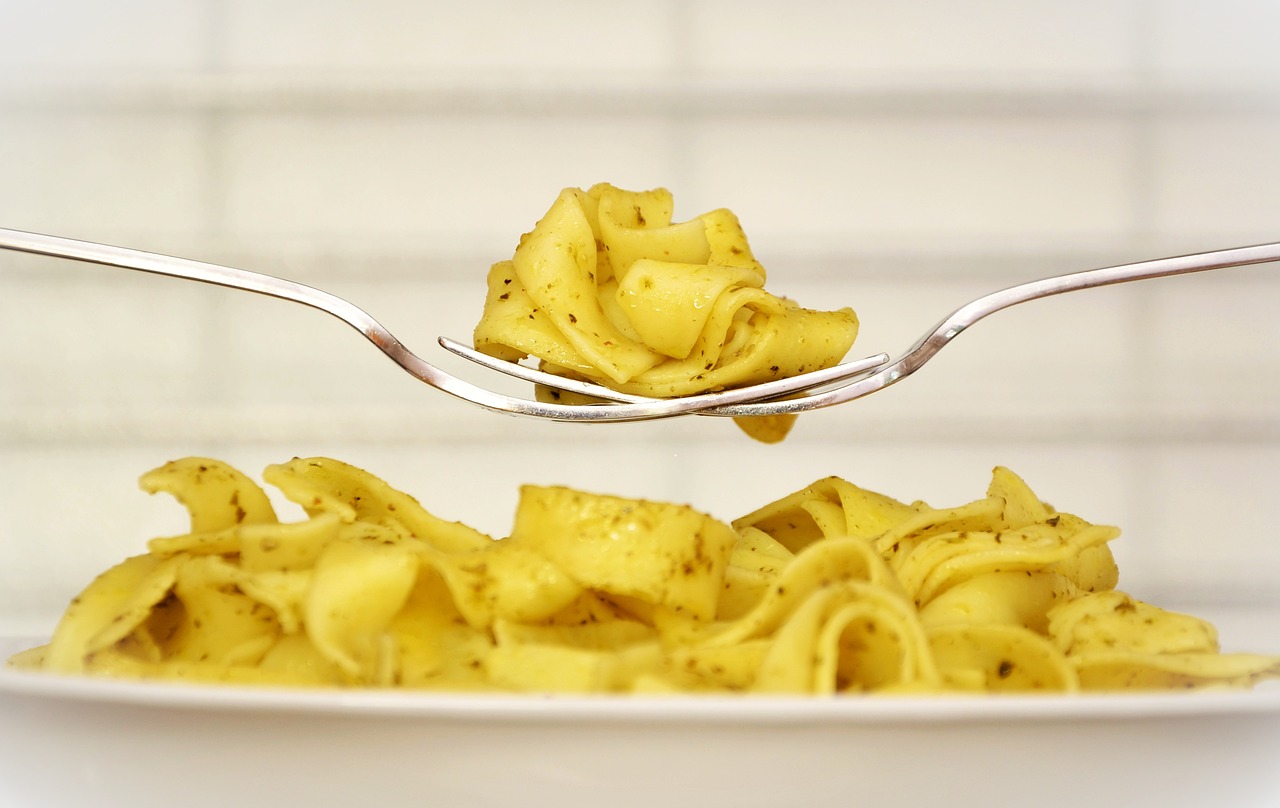
Layering the Phyllo Pastry
Layering the Phyllo Pastry involves a delicate process that contributes to the unique texture and taste of Pastilla. The thin, translucent sheets of phyllo pastry are carefully layered with melted butter, creating a crispy and flaky crust that encases the savory filling. Each layer adds a distinct crunchiness, enhancing the overall experience of the dish. The technique requires precision and patience to ensure that the pastry remains light and airy while providing a sturdy structure to hold the rich ingredients within.
To start layering the phyllo pastry, a sheet of phyllo is laid flat, brushed with butter, and then another sheet is placed on top, repeating this process multiple times to form a stack of buttered layers. The butter not only adds flavor but also helps the sheets crisp up during baking, creating a golden and crunchy exterior that contrasts beautifully with the soft filling. The layers of phyllo pastry act as a protective barrier, keeping the moisture of the filling intact while adding a satisfying crunch with every bite.
The art of layering phyllo pastry requires finesse and attention to detail. Each layer must be handled gently to prevent tearing, ensuring a seamless integration of flavors and textures in every bite. The process of layering the phyllo pastry is akin to building a culinary masterpiece, where each delicate sheet plays a crucial role in the final presentation and taste of the Pastilla. The contrast between the crisp layers of pastry and the tender filling creates a harmonious balance that is both satisfying and indulgent.
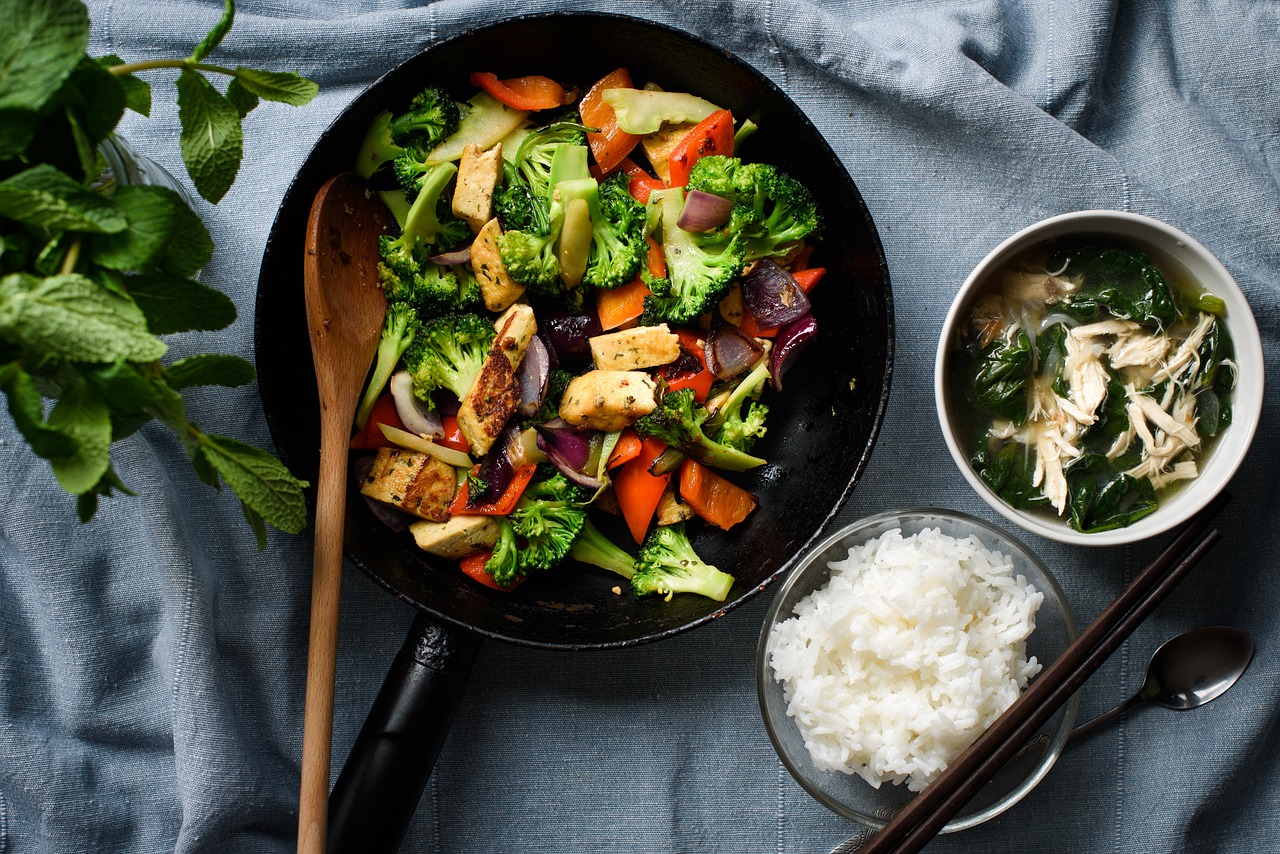
Serving and Presentation
When it comes to serving and presenting Pastilla, traditional Moroccan style emphasizes not only the flavors but also the visual appeal of this iconic dish. The artistry lies in the intricate design of the pastry layers and the aromatic garnishes that adorn the final creation. Picture a golden-brown pie, dusted with a delicate sprinkle of powdered sugar and cinnamon, creating a mesmerizing contrast against the savory filling inside.
To elevate the experience further, Pastilla is often served on decorative platters, enhancing its regal presence on the dining table. The combination of sweet and savory flavors is not just a treat for the taste buds but a feast for the eyes as well. Each slice reveals the layers of history and culinary expertise that have gone into crafting this masterpiece.
Moreover, the aroma that wafts from a freshly baked Pastilla is an invitation to indulge in a sensory journey through Moroccan cuisine. The anticipation builds as the pie is brought to the table, promising a burst of flavors that harmonize in a symphony of taste. The presentation of Pastilla reflects the rich heritage and hospitality that define Moroccan dining traditions.
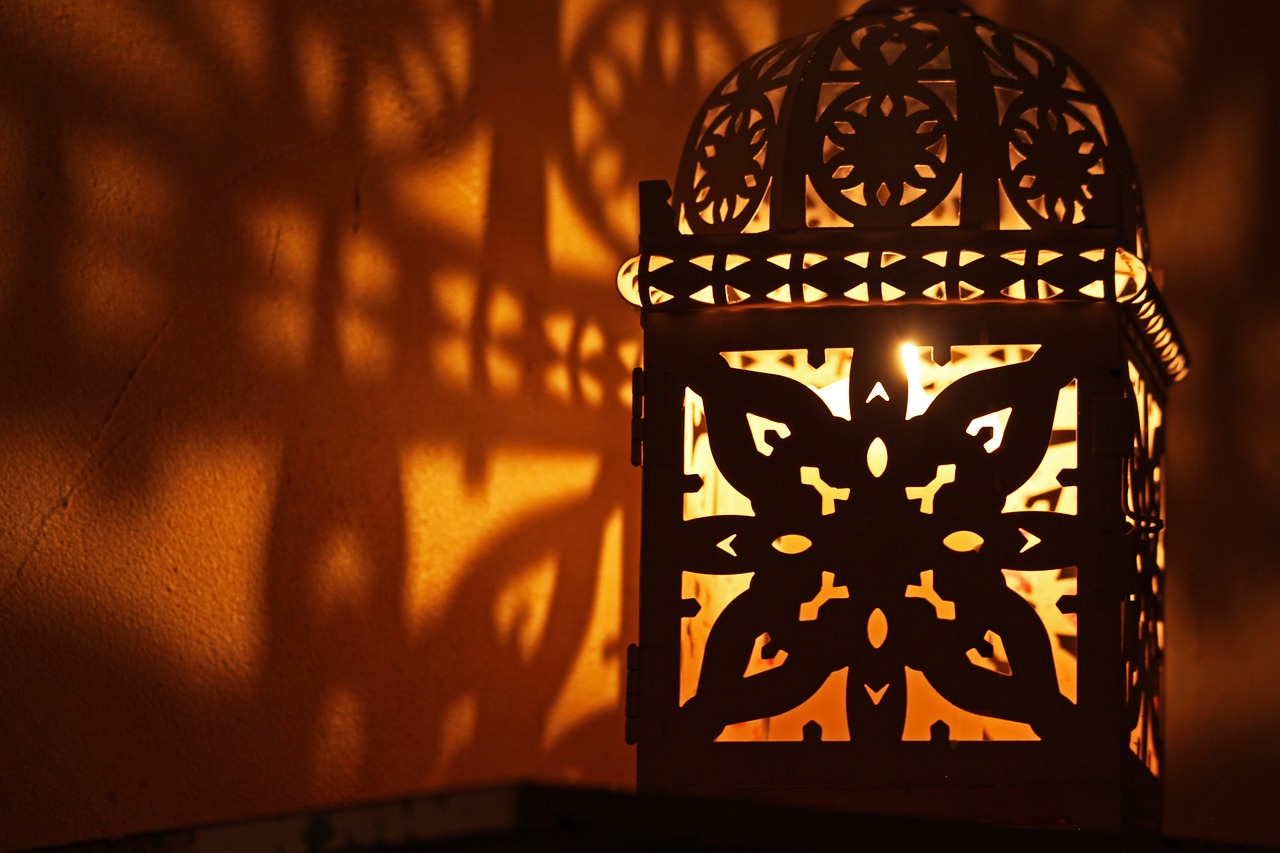
Variations of Pastilla
When it comes to Pastilla, the traditional Moroccan dish offers a canvas for culinary creativity and innovation, leading to a myriad of variations that cater to different tastes and preferences. From the classic recipe featuring spiced meat and almonds to modern interpretations incorporating seafood or vegetarian options, Pastilla continues to evolve while staying true to its essence of harmonizing sweet and savory flavors.
One popular variation of Pastilla involves substituting the traditional meat filling with a medley of vegetables such as carrots, bell peppers, and peas, creating a lighter and vegetarian-friendly version of the dish. This alternative appeals to those seeking a plant-based option without compromising on the rich flavors and textures that define Pastilla.
For seafood enthusiasts, there are inventive takes on Pastilla that incorporate shrimp, fish, or a combination of seafood delicacies, infusing the dish with a fresh and briny essence that pairs beautifully with the flaky phyllo pastry. These seafood variations offer a delightful twist on the original recipe, adding a maritime touch to the Moroccan culinary tradition.
In addition to ingredient substitutions, chefs and home cooks have experimented with presentation styles, shaping Pastilla into individual servings or mini pies for a charming and elegant twist on the traditional large pie format. These miniature versions are perfect for gatherings and events, allowing guests to enjoy a personalized portion of this beloved Moroccan delicacy.
Furthermore, some creative renditions of Pastilla incorporate fusion elements, blending Moroccan flavors with international influences such as French, Spanish, or Middle Eastern culinary techniques. These cross-cultural interpretations result in unique and exciting flavor profiles that push the boundaries of tradition while honoring the heritage of Pastilla.
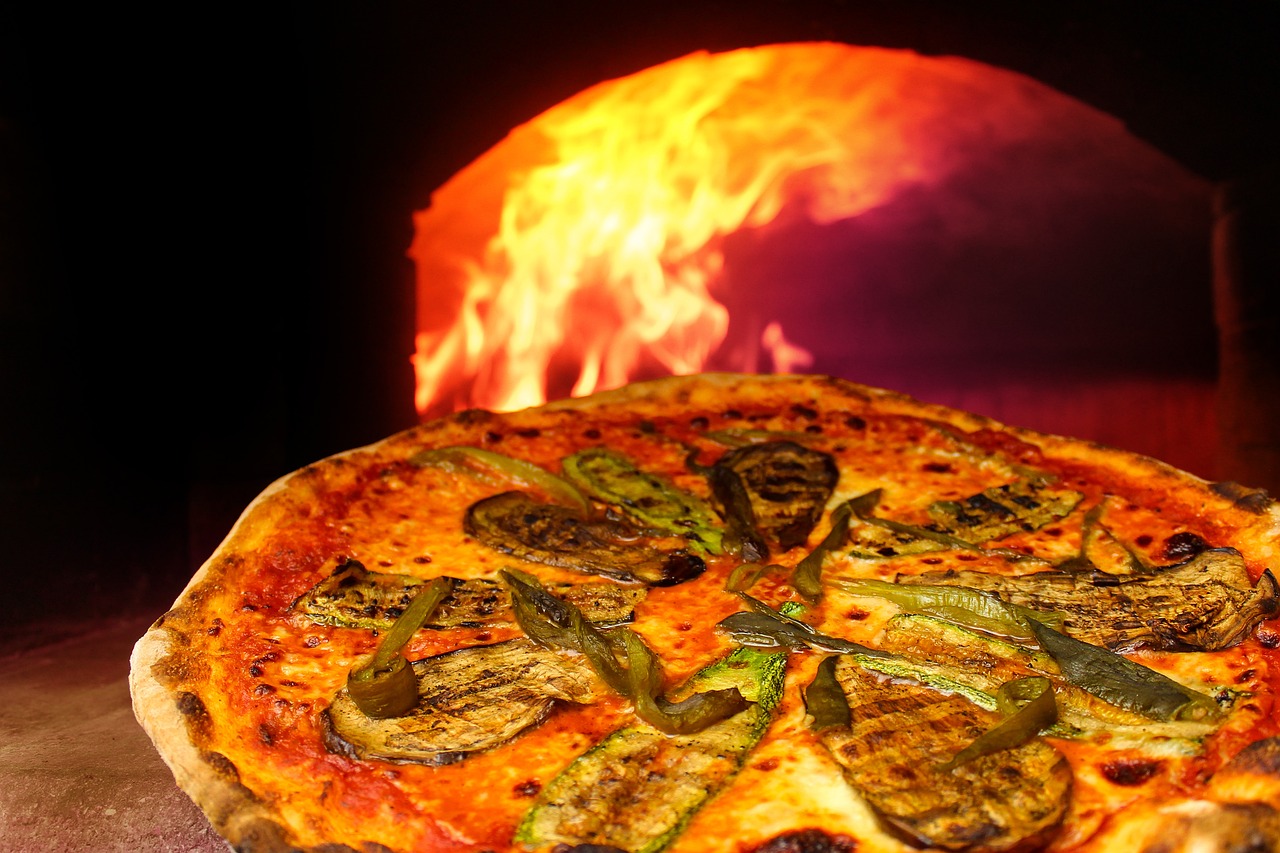
Significance in Moroccan Cuisine
The Significance of Pastilla in Moroccan Cuisine lies in its deep-rooted connection to the cultural heritage and culinary traditions of Morocco. This iconic dish holds a special place in Moroccan cuisine, symbolizing not just a meal but a symbol of hospitality, generosity, and culinary artistry.
When Pastilla is served at gatherings, feasts, or special occasions, it signifies a gesture of warmth and welcome to guests, showcasing the host's care and effort in preparing a dish that embodies the essence of Moroccan hospitality. The intricate preparation process and the rich flavors of Pastilla make it a centerpiece of celebrations, adding a touch of elegance and tradition to the dining experience.
Furthermore, Pastilla reflects the diverse influences that have shaped Moroccan cuisine over centuries, blending flavors from Berber, Arab, Andalusian, and French culinary traditions. The dish's evolution over time mirrors Morocco's history and cultural exchanges, making it not just a meal but a living testament to the country's rich heritage.
Moreover, the art of making Pastilla is often passed down through generations, with each family adding its unique touch and flavors to the recipe. This tradition of sharing recipes and cooking techniques reinforces the communal aspect of Moroccan cuisine, where food is not just sustenance but a way to connect, bond, and preserve cultural identity.
In essence, Pastilla transcends its status as a mere dish and becomes a symbol of Moroccan identity, unity, and pride, embodying the essence of Moroccan cuisine as a vibrant tapestry of flavors, history, and traditions.

Pairing with Moroccan Mint Tea
Pairing the delectable Moroccan Pastilla with a cup of refreshing Moroccan mint tea creates a harmonious culinary experience that tantalizes the taste buds and invigorates the senses. The minty freshness of the tea acts as a palate cleanser, cutting through the richness of the savory pie and enhancing its complex flavors. The soothing warmth of the tea complements the flaky texture of the pastry and the aromatic spices of the filling, creating a perfect balance of flavors.
Traditionally served in ornate tea glasses, Moroccan mint tea is not just a beverage but a symbol of hospitality and friendship in Moroccan culture. The ritual of pouring and serving the tea is as important as the act of drinking it, fostering a sense of community and togetherness around the dining table. The ritual of sipping the tea between bites of Pastilla enhances the overall dining experience, creating a moment of tranquility amidst the explosion of flavors.
Frequently Asked Questions
- What is the origin of Pastilla?
Pastilla has its roots in the Andalusian era of Morocco, where it was influenced by Spanish culinary traditions. Over time, it evolved to become a popular dish in Moroccan culture, symbolizing the blend of sweet and savory flavors that define Moroccan cuisine.
- What are the key ingredients used in Pastilla?
Traditional Pastilla typically includes pigeon or chicken meat, almonds, eggs, aromatic spices like cinnamon and saffron, and delicate layers of phyllo pastry. These ingredients come together to create a harmonious mix of flavors and textures in the dish.
- How is the meat filling prepared for Pastilla?
The meat filling for Pastilla is prepared by combining tender meat with a mix of aromatic spices, creating a flavorful and fragrant mixture. The balance of sweet and savory elements in the filling adds depth to the dish, enhancing its overall taste.
- What is the significance of Pastilla in Moroccan cuisine?
Pastilla holds cultural significance in Moroccan cuisine as a dish often served during special occasions and celebrations. It symbolizes hospitality, generosity, and culinary craftsmanship, reflecting the rich culinary heritage of Morocco.
- Are there variations of Pastilla available?
Yes, there are various regional variations and modern interpretations of Pastilla to cater to different tastes and preferences. These include vegetarian options, seafood versions, and creative twists on the classic recipe, offering a diverse range of choices for enjoying this beloved Moroccan dish.

